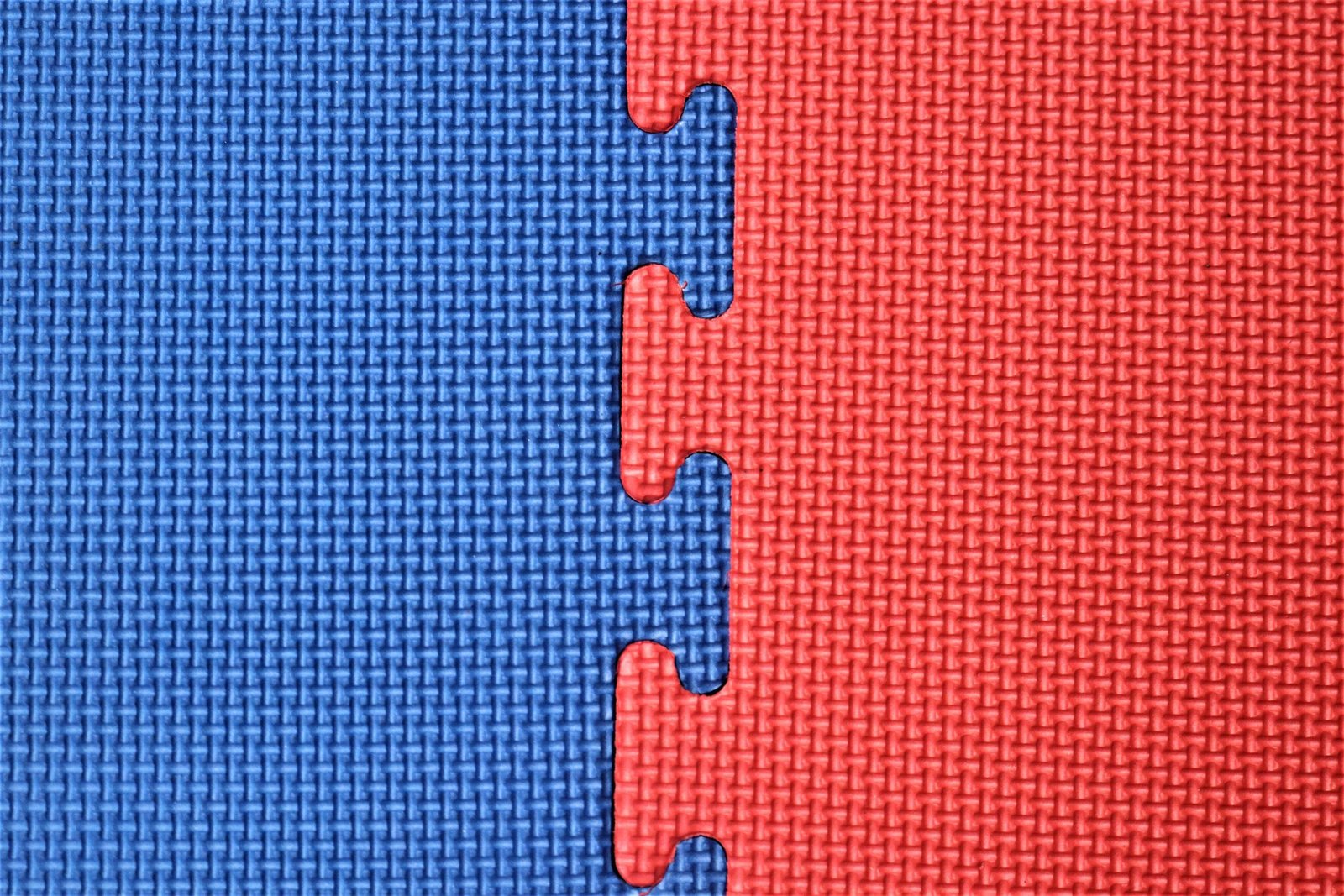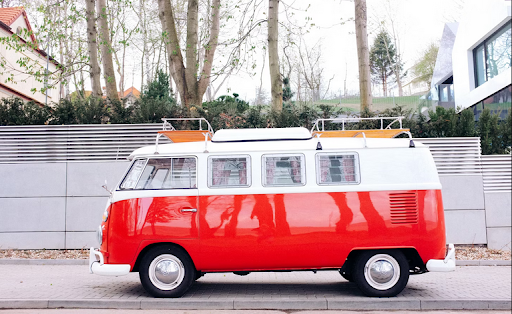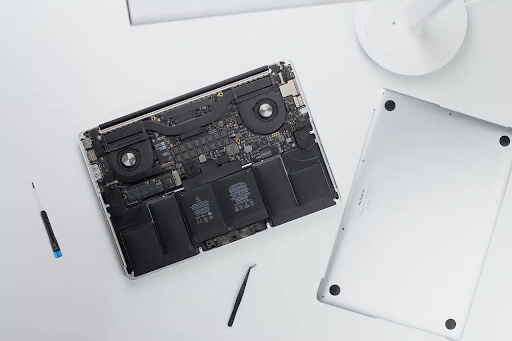
A training space is rarely static. Classes grow, drills change and activities overlap. Coaches need areas that can adapt quickly without losing safety or stability. Traditional flooring fixes its boundaries and thickness once installed. A newer approach treats the floor as a living system that can be rearranged, expanded or replaced in small sections, matching the ebb and flow of training demands.
Flexibility matters because no two sports use space the same way. A martial arts class may need a sparring zone one day and a stretching area the next. Gymnastics drills might expand into a corner once reserved for fitness circuits. Rather than rebuild or relocate, facility managers now look for flooring that allows easy reconfiguration. This shift mirrors a wider trend in sport toward modularity and rapid adaptation.
At the centre of this shift are jigsaw mats, interlocking panels designed to fit together like a puzzle. Each piece clicks into its neighbour, creating a stable but temporary surface. If a section wears out or a layout changes, staff can swap individual tiles without tearing up the entire floor. This structure brings efficiency, cost control and design freedom to environments that once felt rigid.
Manufacturers have refined these mats to handle serious training demands. They test foam density, surface texture and edge-locking systems to prevent gaps. Some create reversible colour schemes so a facility can change zones at a glance. Others add antimicrobial treatments or water-resistant layers to handle heavy use. These details mean the mats can serve both high-impact activities and quiet classes without compromise.
Coaches value the psychological effect too. When students see a clearly marked training zone, they understand its purpose immediately. Different colours or patterns can signal warm-up areas, sparring sections or landing zones. This subtle cueing improves traffic flow and reduces accidents. The jigsaw mats thus become not only a safety measure but also a tool for teaching organisation and discipline.
Still, modular flooring has its challenges. If panels are not locked properly or are placed on uneven subfloors, they can shift under pressure. Trainers emphasise careful installation and routine inspection to preserve stability. They also remind athletes that even the best surface cannot eliminate all risk. Proper landing technique, footwear and warm-ups remain essential parts of injury prevention.
Public perception reinforces the appeal. Parents and sponsors notice clean, well-maintained floors that signal professionalism. A facility with bright, seamless panels looks more inviting than one with worn or patched surfaces. This impression can influence membership decisions and community support. It also matches modern expectations that sports spaces should appear proactive about safety.
Maintenance benefits are clear. Instead of replacing an entire roll of foam or hardwood section, staff can remove a single worn tile. This reduces downtime and expense, allowing facilities to refresh high-traffic zones without major renovations. Some venues even rotate their mats periodically to balance wear, extending their lifespan and maintaining consistent cushioning.
Innovation continues quietly. Some brands experiment with recycled materials or new composite foams to improve sustainability. Others test embedded sensors that track footfall or impact distribution, turning the floor into a feedback device. While these ideas are still emerging, they show how the concept of a puzzle floor can evolve into something smarter and more responsive.
Seen from above, the interlocked panels resemble a patchwork quilt. Up close, they represent a philosophy of adaptable safety. Each square holds a measure of protection, yet together they create a seamless field of movement. By choosing this type of flooring, gyms can shift layouts with the season, host multiple disciplines in one space and respond to growing programmes without expensive overhauls.
For athletes, this flexibility translates into more opportunities to practise. They can move from one drill to another without waiting for a dedicated room. The floor meets them where they are, supporting their progress rather than constraining it. Jigsaw mats turn space from a static backdrop into an adjustable platform, encouraging creativity in training and trust in the surface beneath every step.




